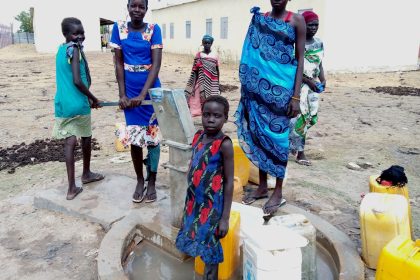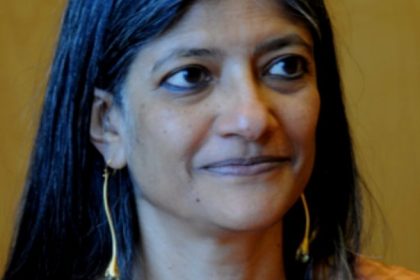Uganda eyes Tanzania for bench marking small scale mining
 The 30-member delegation will have a chance to visit major gold mining operations at Mwanza and Geita in Tanzania.
The 30-member delegation will have a chance to visit major gold mining operations at Mwanza and Geita in Tanzania.
April 2—The government wants to benchmark some areas of the local mining sector on the Tanzanian model where there is a strong component for artisanal miners alongside operations of large resource companies.
Artisanal miners have small-scale operations and work on a mostly subsistence level. They are not officially employed by a mining company, but work independently, mining various minerals or panning for gold using personal resources.
Thirty members of the Mubende District Artisan Miners Association are heading to Tanzania for some insight into best mining practices especially for gold. Tanzania is the East African Community leader in extractive industries and particularly gold mining.
Sending off the delegation on Monday, Peter Lokeris, the state minister for minerals said, they will visit several mining sites including the major ones at Mwanza and Geita. The Minister said Tanzania was selected because of its long experience in gold mining.
“This will also strengthen our East African Community spirit. Lessons learnt from this trip will be used to inform policy, legal and regulatory reforms for the Ugandan sector. The lessons will be pioneered in Mubende District where ASM of gold are predominant,” Lokeris said.
There is considerable potential in Uganda’s mineral sector with proven deposits of gold, nickel, coltan, tin, uranium and cobalt. However the sector has long been dominated by ASMs and they face issues such as haphazard working conditions, low-level skills, inadequate regulation and interference from local politics. Their nomadic ways has also added to environmental degradation.
Lokeris said, “ASMs are always viewed in a negative manner, instead of us understanding the structural challenges that face the sector so as to improve the sector’s opportunities for sustainable development. The Ministry’s priority is to harness the energy and mineral resources for employment creation, value addition, industrialisation, and local content development. This trip is one way of achieving that.”
Most of Uganda’s one million ASMs are involved in gold, tin, Tungsten, coltan, iron ore, limestone, clay, sand and granites.

 African Heads of state head to South Korea next week for Summit talks
African Heads of state head to South Korea next week for Summit talks
 Trading leads as main source of income for Ugandans
Trading leads as main source of income for Ugandans
 Unpacking results-based financing: balancing strengths with weaknesses
Unpacking results-based financing: balancing strengths with weaknesses
 Women social entrepreneurs offered chance to visit New York
Women social entrepreneurs offered chance to visit New York
 Why and how economics must change
Why and how economics must change
 Stanbic Bank Uganda Chief Executive elevated to regional role in Nairobi
Stanbic Bank Uganda Chief Executive elevated to regional role in Nairobi
